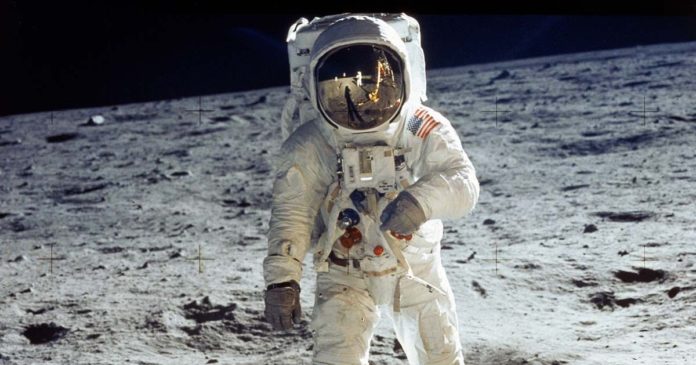Lunar Dust Exposure Found to Alter DNA Spelling Danger for Astronauts
A recent study by researchers at the Stony Brook University looking understand the biological impact of lunar regolith, has now discovered the potential dangers of inhaling lunar dust. The investigation found simulated lunar soil toxic to human lung as well as animal model brain cells.
Their experiments saw that upto 90 percent of human lung cells and mouse neurons died when exposed to these moon dust particles that mimic soils found on the Moon’s surface.
“There are risks to extraterrestrial exploration, both lunar and beyond, more than just the immediate risks of space itself,” said Rachel Caston, a geneticist at Stony Brook University School of Medicine in Stony Brook, New York and lead author of the new study published in GeoHealth, a journal of the American Geophysical Union.
“If there are trips back to the Moon that involve stays of weeks, months or even longer, it probably won’t be possible to eliminate that risk completely,” said Bruce Demple, a biochemist at Stony Brook University School of Medicine and senior author of the new study.
U.S. astronauts visited the Moon during the Apollo missions and they brought along lunar soil into the command module
when it clung to their spacesuits.As documented, after inhaling the fine dust when on moon, Apollo 17 astronaut Harrison Schmitt had a reaction described as the “lunar hay fever” – sneezing, watery eyes and a sore throat. Although short-lived, it got the researchers interested and they went further to find out how lunar dust could affect astronauts’ health long term and if it could cause problems similar to those caused by toxic dust on Earth.
To test this out, the authors of the current study employed human lung cells and mouse brain cells and exposed them to lunar soil stimulants, and found that simulated soil fine killed 90% of cells when checked for DNA damage.
In fact, the lunar soil was so extremely effective at killing human lung cells that the team couldn’t even measure the DNA damage, although they could in the mouse neurons.
The astronauts’ symptoms coupled with the new study’s results suggest prolonged exposure to lunar dust could impair airway and lung function. And if the dust induces inflammation in the lungs, the scientists hypothesize that it could also increase the risk of more serious diseases like cancer.






























